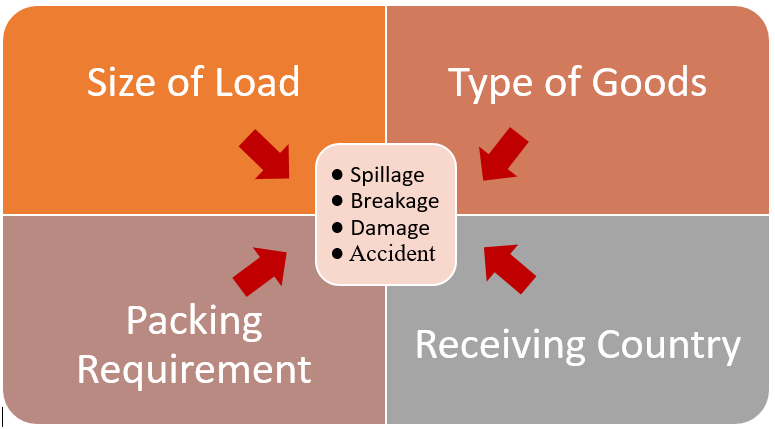Avoiding The Common Mistakes in Palletising

Avoiding The Common Mistakes in Palletising
As great and as sturdy as plastic pallets are made, they have to be correctly handled and used to ensure their quality is not compromised due to common mistakes that can be avoided.
Common mistakes found in the mishandling of pallets arise when planning does not take into the account the 4 main factors below.
Selection of Pallet Size
Size of product must not exceed the dimension of the pallet. If that is done, it is very likely that the product will not be centralised for an even distribution of weight causing the load to be tilted or lopsided.
Some may ignore this factor especially when there is only a small load to handle or they are pressed for time in meeting the logistic requirements. However, this ignorance may damage the goods, cause accidents and spillage which ultimately will result in extra time for clean up or in worse case scenario, attending to injuries.
Aside from the above and having to pay compensation to employees and incurring losses for damaged goods or even penalty for delayed delivery, the long-term effect could very well be the confidence toward to the manufacturer hence affecting brand image and business sustainability.
Knowing the Load & Specific Requirements
Apart from selecting the right size pallet, there are other elements that need to be factored in to ensure secured delivery. For example, there are sensitive or fragile products which need safety rims on the pallet or goods which will be transported to countries with extreme temperature should be loaded on weather appropriate pallets.
Labelling the goods adequately and clearly with warning will certainly help to alert the employees to handle them accordingly including their stacking resistance in order to prevent any damages to the goods.
Securing the Load
Certain merchandise especially bottles and glasses need an extra layer of protection during transportation. One of the most common mistakes is using insufficient strapping or film to protect the goods after palletising.
It is pertinent to use an adequate amount of strapping or film to fasten, secure and protect the goods from slipping, toppling over and breaking.
Proper Placement of Load
Check to ensure that the load is properly nested within the pallet. Inspect thoroughly to prevent unbalanced load that may jeopardise the overall efficiency and safety of the transportation process.
Stacking of goods on the pallet must be done evenly and never on just one corner or half of the pallet. A basic step but one which will significantly affect the load stability.
Utilisation of Retention Elements
Another preventive step is to utilise pallets with anti-slip feature for better grip of the merchandises. Taking into account the various types of goods being produced and transported, there are even specially designed plastic pallets with spill prevention control for better containment of the goods.
Mishandling in any of the categories above coupled with for example, unskilled handling of forklift and uneven transport surfaces to name a few may cause accident or damages to goods. Therefore, it is prudent to perform safety measures by understanding the loads being carried and what are the best pallets to support them securely.
Good warehouse operation takes into account not only the timely delivery but the safety and security of employees as well as goods transported. Transportation risk should be minimised wherever possible and selecting the right plastic pallet help reduce the risk significantly.
If you need detailed information on the suitable type of reliable plastic pallets for your industry, please reach out to our product specialist here.
